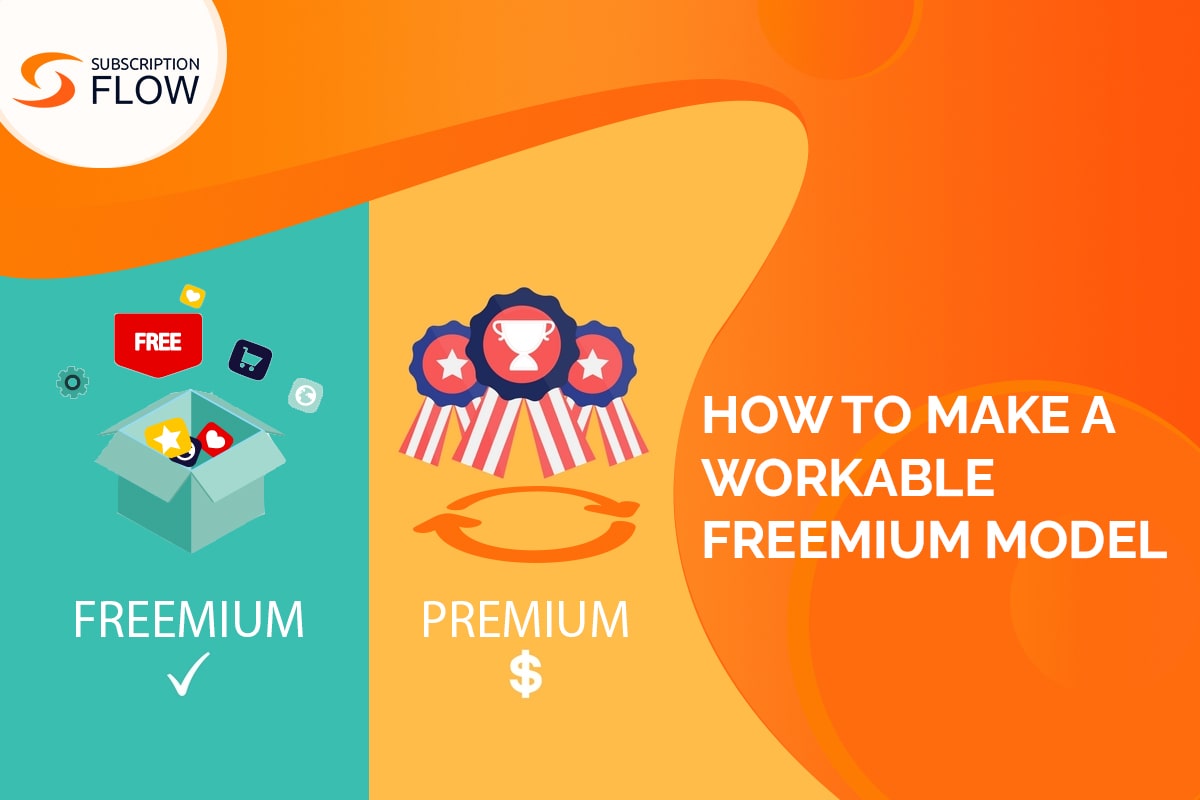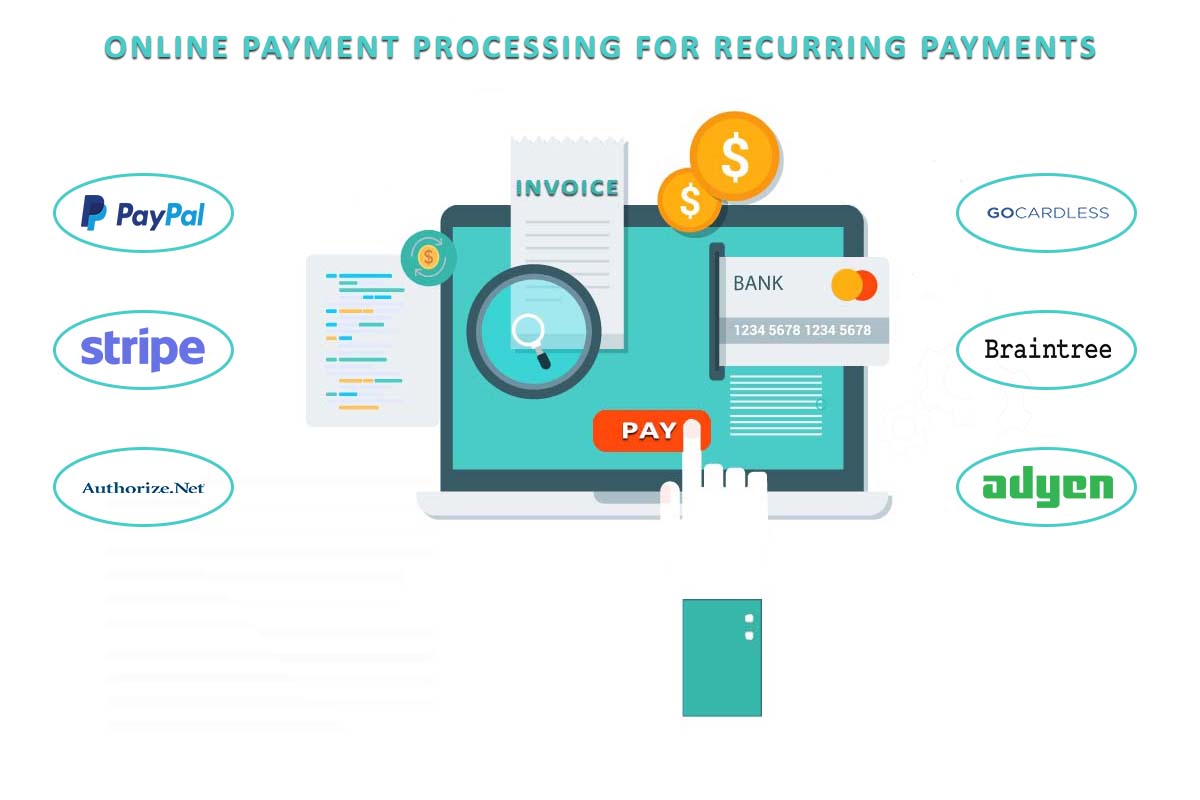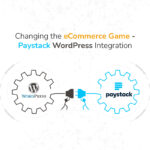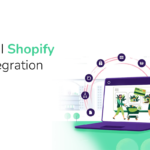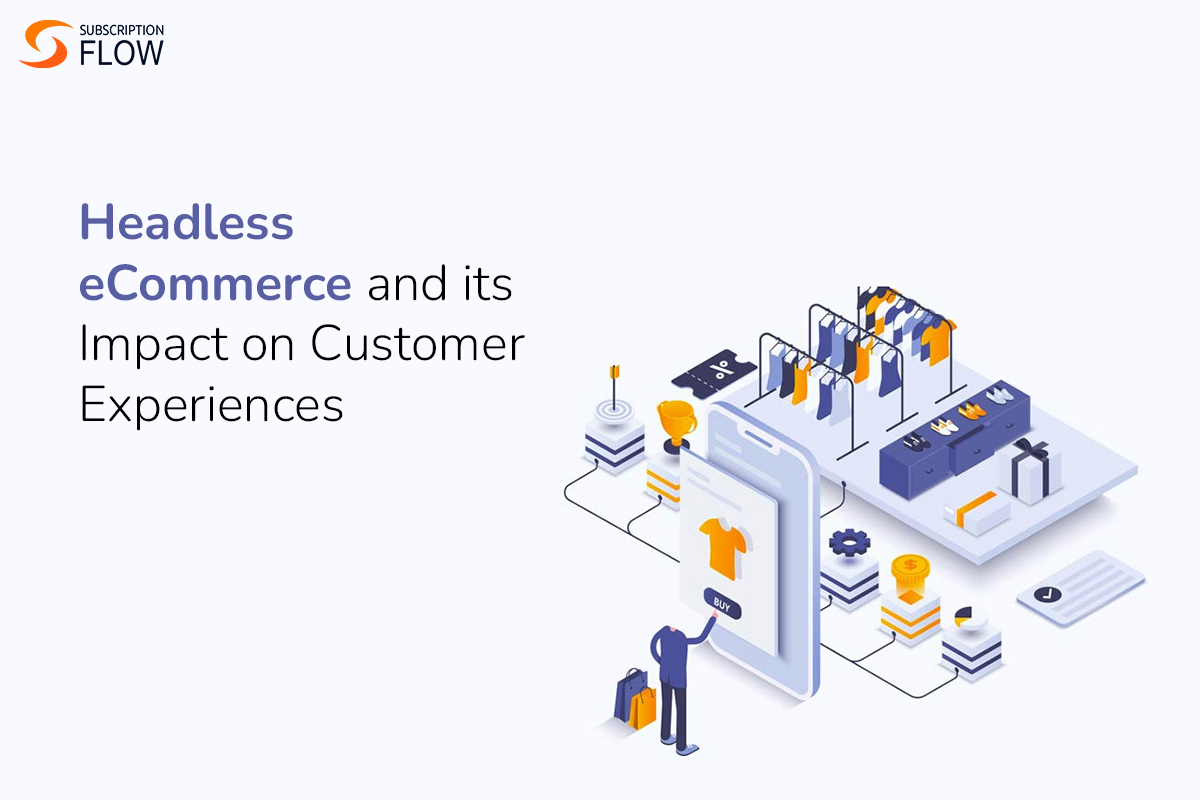
Introduction to Headless eCommerce: Transforming Online Shopping Experiences
It is not only the eCommerce market that is evolving rapidly, almost every business industry where technology has its stakes is developing speedily.
This speedy development has caused customer expectations to go staggeringly high. Every time and at every touchpoint, customers expect the best experience. Customer support, customer care, and chatbots are all used tactfully to meet customer expectations.
In this article, we are going to discuss headless eCommerce for our eCommerce clients and any other eCommerce retailer in the market so that you may find another innovative way to offer customers a customized and amazing experience.
What Is Headless eCommerce?
An eCommerce platform has two important fronts i.e. backend and the frontend. Headless eCommerce means the frontend is kept decoupled from the backend. Why? The eCommerce frontend needs rapid changes to cope with the market trends.
Instead of using a traditional monolithic system where the frontend and backend are tightly integrated, headless commerce enables flexibility and agility in delivering a seamless shopping experience across multiple channels and devices.
Understanding the Mechanics of Headless Commerce: How Does it Operate?
When eCommerce retailers opt for a headless approach, APIs are used for communication between the front end and the backend. For instance, when orders are to be placed at the frontend, an API request is sent to the backend where order processing is done. Now, when order processing is done, a communication link with the frontend is established. The status of the order is shown to the customer accordingly.
That’s how headless eCommerce works and processing at the frontend and the backend is kept segregated.
Traditional eCommerce or Headless eCommerce: Which One Is Better?
Traditional eCommerce is suited for smaller enterprises with simple requirements because of its simplicity, ease of setup, and integrated functionality. With integrated capabilities including content management systems, payment processing, and inventory management, it offers a comprehensive solution. Pre-built systems reduce the need for development work, saving time and money.
Headless eCommerce, on the other hand, gives businesses the freedom and customisation they need to create distinctive customer experiences across several channels. Scalability, future-proofing, and seamless connection with other services are all made possible. These features allow for adaptation to new technologies and consumer trends.
The Best Headless eCommerce Platform Integrations for Subscription Businesses
eCommerce platforms that offer subscriptions as well need to opt for the headless approach. However, for that, you need the right tech stack. So, team SubscriptionFlow has come up with a list of the headless eCommerce platforms for you:
1. Shopify Integration
If you have an eCommerce platform and want to make a shift towards headless eCommerce, then Shopify integration is for you. The advance API of Shopify Plus allows eCommerce retailers to have complete control over the presentation layer and the backend. Also, users can customize the presentation layer as much as they need for their eCommerce business so that the customers get the best experience.
Another amazing feature is that you can integrate CMS (Content Management System) as well so that you can keep updating the content as per the requirements of the eCommerce business market while keeping all eCommerce business operations separate.
2. Magento Integration
Magento implements GraphQL to offer an alternative to keep frontend development separate from the backend. Businesses may create and implement headless eCommerce solutions that offer rich user experiences, seamless integrations, and scalability by using Magento’s APIs, PWA Studio, extension marketplace, and configurable front-end features. Because Magento supports headless commerce, companies can respond to changing client demands and provide top-notch online purchasing experiences.
3. BigCommerce Integration
Just like Shopify and Magento, BigCommerce offers a Storefront API that allows to retrieve data and offer your customers a customized experience. BigCommerce is built to handle high-traffic volumes and large-scale eCommerce operations. The platform provides scalability, security, and performance optimizations, ensuring a reliable infrastructure to support headless commerce solutions.
There are many eCommerce platforms that support a headless approach e.g. WooCommerce, Salesforce, and more. To understand the need for headless eCommerce, you need to first realize that online shopping is an experience for people. Customers come to the eCommerce website. Search out the product of their choice. They do calculations depending on the budget that they spend on a specific product. And then place the order. Thereafter, their wait for the product starts.
To fuel your eCommerce business, the only thing that can help is to make things easier for the customer at every touchpoint. From billing to payment processing, personalization should be the focus. Headless eCommerce supports this strategy of making everything highly personalized for the customer.
Coming towards the role of SubscriptionFlow, we offer you integration with all these eCommerce platforms mentioned in this blog. The most important reason to segregate the frontend and the backend of the eCommerce platform is the need for continuous updates at the frontend. So, our subscription management platform integration with the headless eCommerce platforms enables users to enjoy all flexibility and scalability to make changes at the frontend.
Schedule a demo for SubscriptionFlow integrations with eCommerce platforms now!


